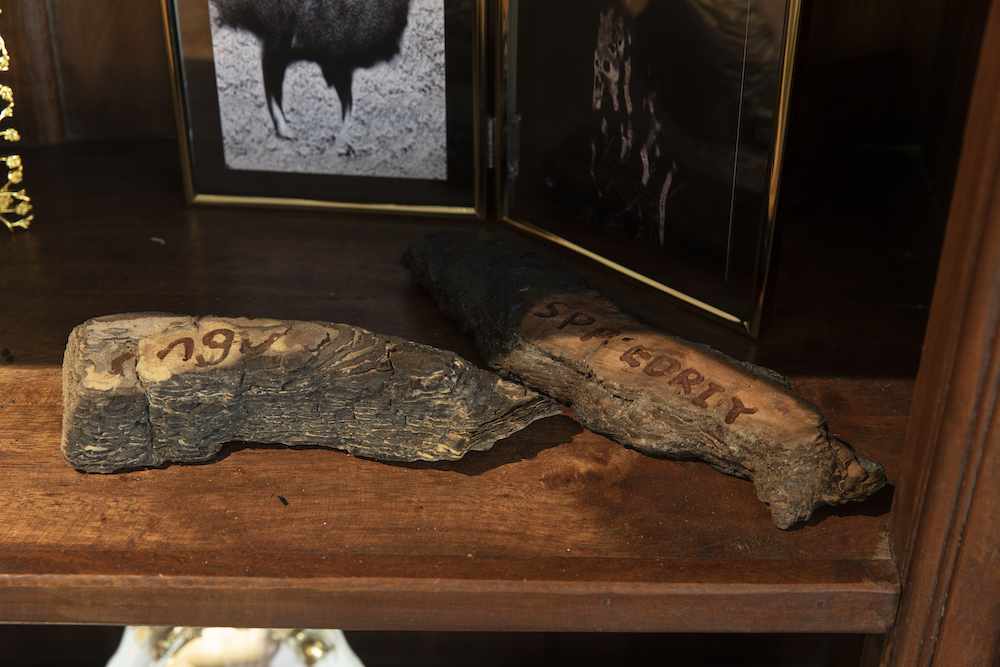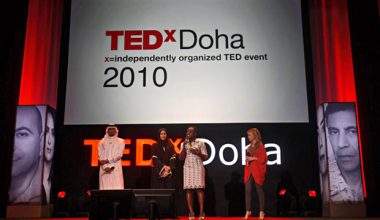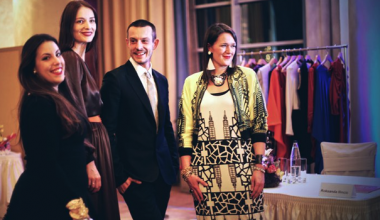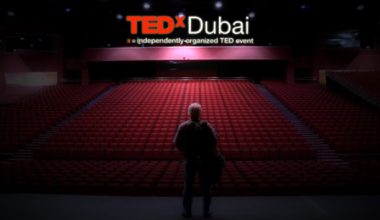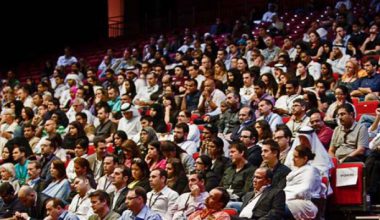Nine Nodes of Non-Being is a group exhibition presenting works by nine emerging and established artists, thinkers, filmmakers, and researchers from East, South, and Southeast Asia and the MENA region. It conceives of climate-related extinction through various states of negation and excess emerging from each of the nine artistic nodes in order to examine unknown ways of existing more equitably within our ongoing crises. The artistic worlds presented are not merely signifiers of extinction but real propositions about the unknown.
The artists taking part in this exhibition are Mariam AlZayani, Faycal Baghriche, Clemencia Echeverri, UNMAKE LAB, Irtiza Malik, Zara Mahmood, Amba Sayal-Bennet, Apichatpong Weerasethakul, and Ayman Zedani. Their projects span diverse media, including drawings, moving images, sculpture, text, soundscapes, and multimedia installations.
Nine Nodes of Non-Being is curated by Ritika Biswas and emerged from a year-long journey as part of the 421 Curatorial Development Exhibition Program in collaboration with The Bombay Institute for Critical Analysis and Research (BICAR). We sat down with Ritika to get an insight into this exhibition including her vision and its challenges.

Saira Malik (S.M.): If you can start by telling the readers about Nine Nodes of Non-Being and a brief overview of it in a nutshell?
Ritika Biswas (R.B.): Nine Nodes of Non-Being is a group exhibition that conceives of climate-related extinction through various states of negation and excess emerging from each of the nine artistic nodes to examine ways of existing more equitably within our ongoing crises. It attempts to think about non-being and negation as a generative point of departure which shifts our critical, affective, and aesthetic discourse about the Anthropocene, rather than trying to represent it. And by states of excess, I am interested in foregrounding less considered affective registers (especially relating to ‘climate’ exhibitions) for the audience– kitsch, rest, cringe, uncanniness, bathos, anxiety, abstraction, silliness, melancholy, madness, and the weird.
Each of the nodes is held by one of the nine artists– Mariam AlZayani, Fayçal Baghriche, Clemencia Echeverri, UNMAKE LAB, Malik Irtiza, Zara Mahmood, Amba Sayal-Bennett, Apichatpong Weerasethakul, and Ayman Zedani.
(S.M.): What was your curatorial process and how did you develop your vision for this exhibition?
(R.B.): It all started with the BICAR (Bombay Institute for Critical Analysis and Research) colloquium which is part of their collaboration with 421 for the Curatorial Development Program. We were looking at how we might understand but also rupture the existing discourse about human-nature relations in art, particularly the Anthropocene. Hence, it was titled Screening Screaming: [Human] Nature in Crisis. My initial proposal coming into this stage was about ecological anxiety, and about how we might see climate anxiety as a productive and communal mode of untethering our preconceived ideas of self and nature.
Through conversations with academics and artists such as Rohit Goel, Ben Ware, Ho Rui An, and Heather Yeung to name a few, this nascent idea grew to encompass many other such ideas about ‘negative’ modes of being, some of which I mentioned above. But most importantly, it made me think about what is un-representable in art, and in our collective imaginations, and human (and to some degree, non-human) extinction is what emerged as the crux.
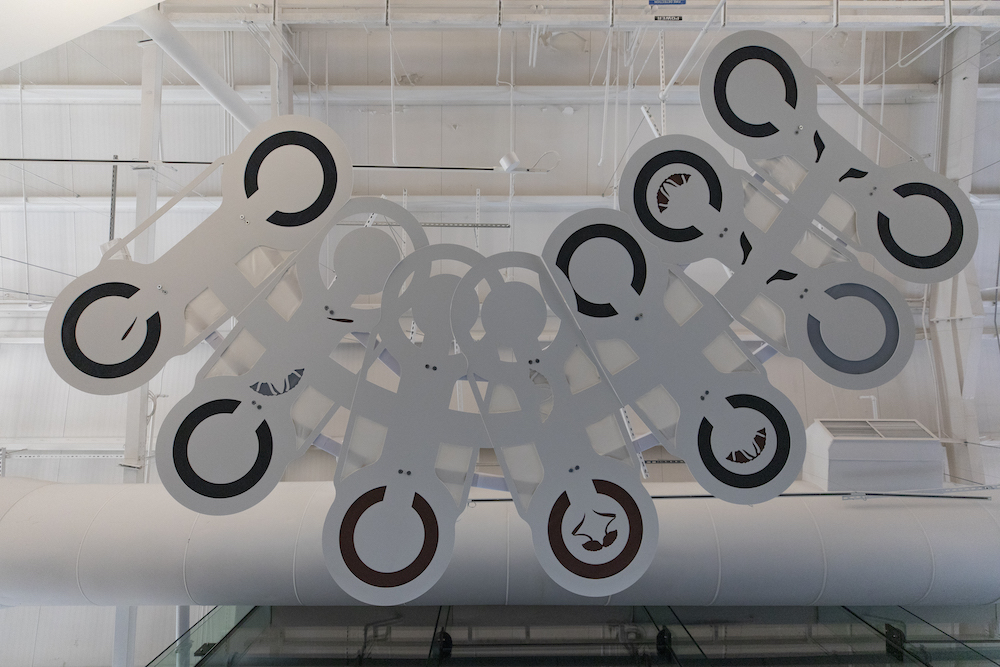
(S.M.): What were some of the most challenging aspects of bringing this idea to realization?
(R.B.): It was definitely difficult to balance the immense and heavy weight of human extinction, an event that is already underway across the MAPA (Most Affected People and Areas), with the strangeness of the concept that allows certain kinds of humor, levity, and strangeness to arise rather than showing only climate trauma. I also usually think a lot about the communities and audiences who will visit the exhibition. But my understanding of this was limited for this exhibition context especially at the outset of realizing the idea, but it’s all part of a ceaseless learning.
Picking the right artistic practices was very important as well, since artworks and artists indubitably morph and expand all my curatorial ideas during the process of realizing them. I also wanted to bring together artists whose practices were deeply political and related to climate justice, but were not typical ‘Anthropocene’ artists and thus are not overly didactic. I think the latter only serves to alienate audiences rather than incite them to really contend with these potential and real crises within which we are all implicated although unequally so.
(S.M.): Can you tell us about the artists participating and how they worked together to create a cohesive and impactful show?
(R.B.): The participating artists are thinkers, filmmakers, activists, and researchers from East, South, Southeast Asia, the MENA region, and South America who are presenting their artworks in Nine Nodes of Non-Being. Each of them holds a ‘node’ that unfolds into a peculiar topography of extinction in the exhibition, but I wanted these to seep, coalesce, and come into productive friction with one another.
It would take a very long essay to explain how the works all come together but essentially, each node is a portal into their local imaginaries – be it South Korean mountains ravaged by wildfire, the ongoing violence in Kashmir, the entire world held in a globe, a northern Thai village engulfed by haze, the rivers of Colombia, the ecology of the UAE, the architecture of Chandigarh, parasitic plants in the Arabian desert, or a house-party in the imagined aftermath of human extinction– but always incredibly transversal. Each of these examines the infinite and unrepresentable nature of the climate crisis, but has a specific affective register that asks the audience to step into the realm of the unknown, of their individual but also a communal sense of non-being.
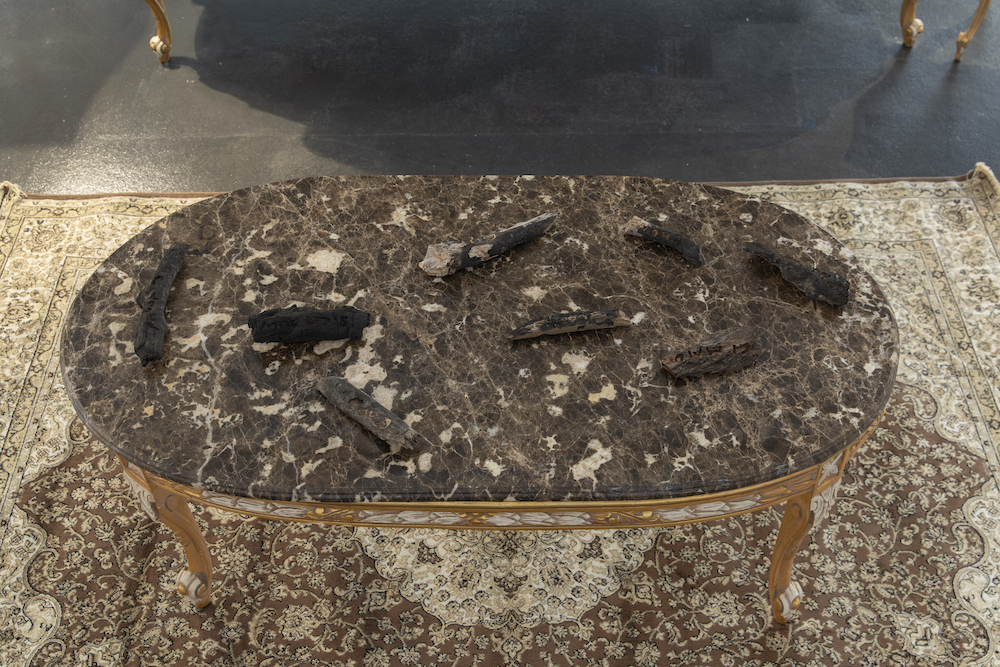
(S.M.): What inspired you to explore the topic of climate change extinction through art?
(R.B.): The entanglements among the climate crisis, geo-socio-political justice, and experimental contemporary art/research have been at the heart of my practice for a few years now. But for this exhibition (and my other projects), I am particularly invested in creating a conversation in a way that doesn’t merely oscillate between the hopeful (through a return to pure nature framework or speculative ecological fiction) and the traumatic (of showing brutalized human and non-human bodies). Or one that perpetuates the binaries of the human as perpetrator and non-human ’nature’ as victim, but instead parses the flows of capitalism, gender, labor, class, race, and the other many factors of climate injustice in ways that people can genuinely feel and think about.
The peculiar thing about human extinction is this paradox: that we are both in the immense thick of it (muchness) and yet cannot conceive of it (a blankness). I think art provides a helpful space to contend with this paradox in a way we might not be able to in our everyday lives.
(S.M.): How does this exhibition balance art and science?
(R.B.): There is a significant amount of artistic, scientific, and cultural research that went into not only my conceptual process for this exhibition which was about a year long, but also each of the artworks. We see a critique of multiple strands of scientific discourse, from the use of AI and machine learning to govern image-making and ecological thought in UNMAKE LAB’s installation, to DNA as a data-storage solution and plant-parasitism in Zedani’s research, and the observation of light and time in Mahmood’s works, to name only a fraction.
But for this exhibition, I did not see this as a simple intersection of art and science as discrete entities or discursive realms. I cannot ever see these as independent of one another, at least in my practice and the artists with whom I work.
Actually, climate data and science on human and non-human extinctions is evident, abundant, and available. So this exhibition doesn’t intend to fill any imagined gap regarding that. Rather, it tackles the core of the existential, political, and cultural problem– how do we contend with the incomprehensible notion of our own extinction?
Simply unveiling the material or scientific facts of extinction is not enough to alter the realities of the Anthropocene and our ingrained behaviors or patterns of thinking. The facts of the climate apocalypse are transparent. The real opacity stems from our collective anxiety to contend with our extinction.

(S.M.): How will the negative emotions that the works evoke influence the audience to act and feel motivated to make a conscious change?
(R.B.): I don’t see non-being or even negation as “negative” at all actually. Nor do I think of art as synonymous with activism or emotional manipulation/trigger for change. For me, it allows an affective and emotional rupture for the audience– to think about the unthinkable and the unknown– that which is impossible to deal with in everyday life, and most importantly, critical thought.
Coming back to my initial point, ‘non-being’ is not simply expressing or asking us to imagine the opposite state of our being i.e. our death, but naming different ways of existing within our ongoing extinction of which we cannot currently conceive. If someone walking through the exhibition slips a little further away from their own strong tethers of selfhood and narratives, to venture into emotions and thoughts that are definitely uncomfortable, but is allowed to dwell within these in ways they usually don't, I think something might begin to shift in the person. Also, this untethering from the self also allows the audience to really contend with the realities of communities and beings who are already going extinct, in ways that are impossible when we stick so strongly to our senses of self. Non-being becomes a method, in some ways, to commune with these ‘Others’ in ways that are not Other-ing, for me.
It was important for me when I read Paulo Virno’s thoughts in his ‘Essay on Negation’ wherein he states that negation, rather than being an impoverished state, instead opens up the relationship between the possible and the real. This further expanded my idea about non-being as a rich, precarious, and constructive place of thinking rather than one that is merely blank.
(S.M.): Do you believe that art can affect change in society?
(R.B.): That’s a much longer conversation that I cannot really embark on here. But depending on which people in our deeply stratified society you’re talking about, art can provide helpful forays into, ruptures within, and deviations from the heaviness of life under carbon capitalism and necropolitical injustice. For audiences, whether these are transient or more fundamental changes once they ‘leave’ the art space, ultimately depends on them. But it is our responsibility, as curators/artists/cultural organizations, to create these polyvalent nodes with as much rigor, generosity, and nuance as possible.
Nine Nodes of Non-Being
On view from October 22 to December 31, 2023

